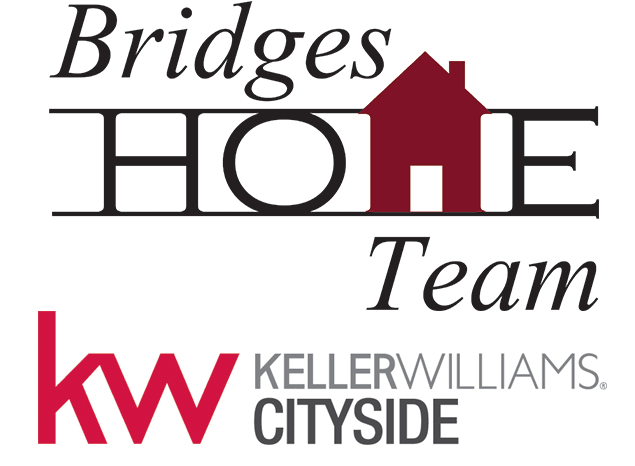Inspecting and Testing Safety Devices: A Guide for Homeowners
As a real estate agent, I often remind homeowners that safety is a top priority—not just for their peace of mind but also for the appeal of their home to potential buyers. Regularly inspecting and testing safety devices ensures your home remains a secure and welcoming space. Here’s a guide to help you stay on top of essential safety checks.
Why Regular Inspections Matter
Safety devices like smoke detectors, carbon monoxide detectors, and fire extinguishers play a critical role in protecting your home and family. Regular testing and maintenance:
- Enhances Home Safety: Early detection of fires, gas leaks, or other hazards can save lives.
- Prevents Malfunctions: Ensures devices are functional when you need them most.
- Boosts Buyer Confidence: Well-maintained safety features make your home more attractive to buyers.
Key Safety Devices to Inspect and Test
1. Smoke Detectors
- Test Monthly: Press the test button to ensure the alarm sounds.
- Replace Batteries: Change batteries at least once a year or when the low-battery warning sounds.
- Replace Units: Replace smoke detectors every 10 years, even if they appear functional.
2. Carbon Monoxide Detectors
- Test Monthly: Use the test button to check the alarm.
- Place Strategically: Install detectors near sleeping areas and on every level of the home.
- Replace Units: Follow the manufacturer’s guidelines, typically every 5-7 years.
3. Fire Extinguishers
- Check Pressure Gauge: Ensure the needle is in the green zone.
- Inspect for Damage: Look for dents, leaks, or corrosion.
- Know Expiration Dates: Replace or service extinguishers as recommended by the manufacturer.
4. GFCI Outlets
- Test Monthly: Press the test and reset buttons to ensure functionality.
- Replace If Faulty: If the outlet doesn’t trip or reset, it may need replacement.
5. Home Security Systems
- Test Sensors: Check door and window sensors, motion detectors, and cameras.
- Update Software: Ensure the system’s firmware is up to date.
- Replace Batteries: Regularly replace batteries in wireless components.
Additional Safety Tips
- Check Emergency Lighting: Test flashlights and backup lights to ensure they’re operational.
- Inspect Escape Routes: Make sure all windows and doors open easily and are free of obstructions.
- Update Emergency Kits: Stock kits with fresh batteries, water, non-perishable food, and first- aid supplies.
- Maintain Fire Sprinklers: If your home has a sprinkler system, schedule professional inspections.
Benefits for Home Sellers
A home with well-maintained safety devices offers:
- Peace of Mind for Buyers: Buyers feel reassured knowing the home is safe and secure.
- Reduced Inspection Issues: Functional safety devices can prevent delays during the sales process.
- Increased Marketability: Highlighting updated safety features can set your home apart from others.
Keep Your Home Safe and Market-Ready
Inspecting and testing safety devices is a simple yet crucial task that protects your home and enhances its appeal to buyers. Whether you’re preparing to sell or just want to ensure a secure living environment, regular safety checks are a must.




